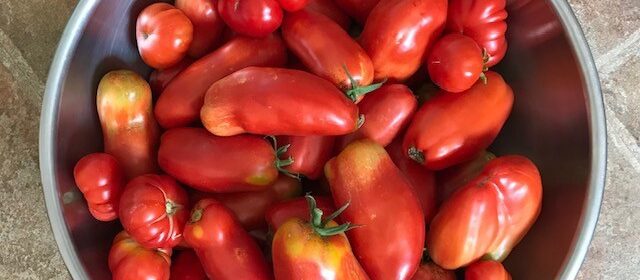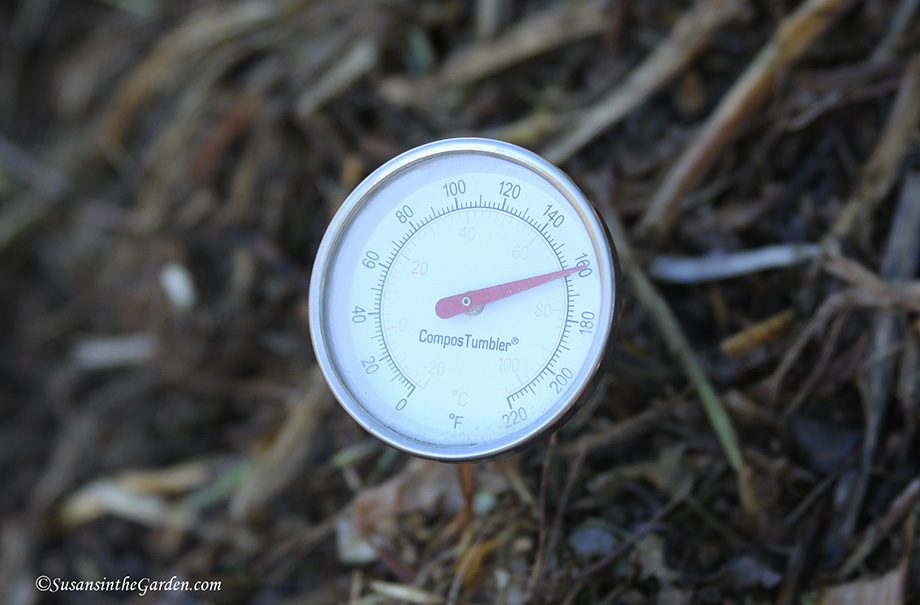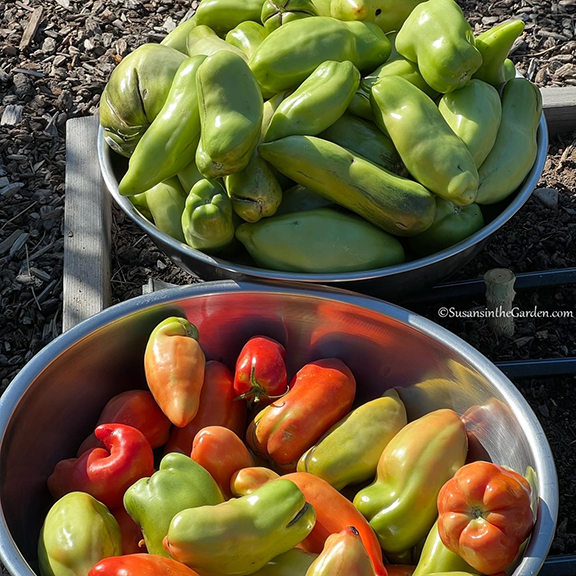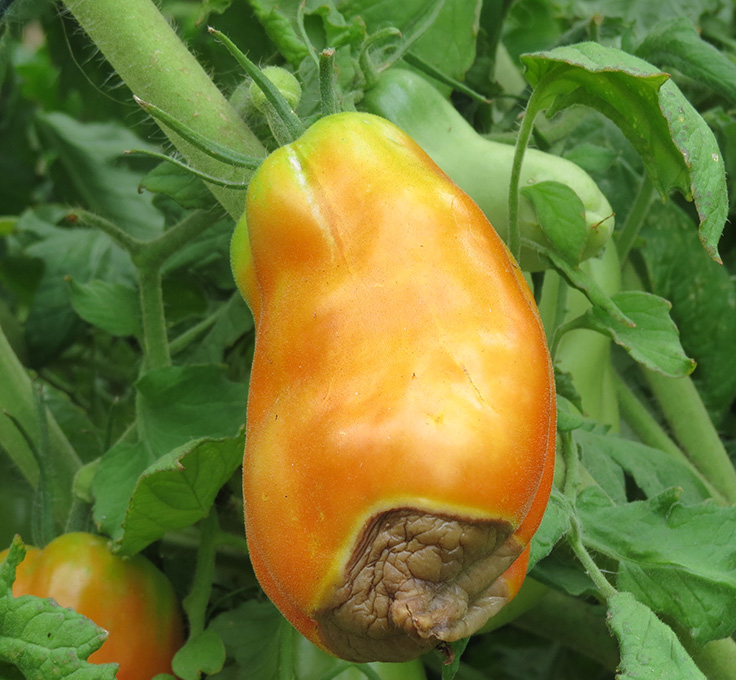2022 Tomato Growing Lessons

Whew! What a weird growing season this has been. First, we started out with an extremely cold, wet spring which dragged on and on. Then the hot weather arrived. Tomatoes seemed to be the crop that was impacted the most so I thought I’d share this year’s tomato growing lessons with you.
The most common email topic I received this year was “Why aren’t my tomato plants producing any fruits?” Other related questions came my way as well: “My plants are just sitting there” or “they aren’t blooming at all.” Yet, many gardeners reported they were going to have a banner harvest. Why the difference? Read on.
I live in Spokane, Wash., in hardiness zone 5b. Most of this region is in zone 6. Our garden is in a microclimate where it gets colder in the winter and receives more snow. Tomatoes are warm-season crops that are very fussy about the soil temperature. I typically recommend that gardeners wait to plant them between the middle and end of May. In some years, I’m able to get transplant the seedlings into the garden closer to mid-May but that definitely wasn’t an option this year.
I was quite proud of myself for waiting until May 28th to plant them in the garden but I have to admit the temperatures were still a bit on the chilly side. I covered the bed with floating row cover for a bit of extra warmth and figured that would be all that was needed.

The one thing I didn’t think to do was to use a soil thermometer to check the soil temperature. According to the University of California Cooperative Extension, “the optimum (soil) temperature range for tomatoes is 65 to 85 degrees F.” Note: they have an excellent soil temperature chart for growing vegetables that you might want to check out. It even includes how long it takes seeds to germinate at different temperatures.
My plants were very slow to get growing and took what seemed like FOREVER to start blooming. So what was the problem? The cooler soil temperature. Who knew that could impact their growth in such a dramatic way?
“OK,” you say, “I get that. But why did some folks get great production from their tomato plants?” Every person I asked told me the same thing: their tomato seedlings seemed to be struggling in the first few weeks so they went to a nursery or greenhouse, purchased new seedlings, and ended up planting them quite a bit later. That means the soil had finally warmed up and the plants were soon off and running. I’ve heard this time and again.
What else did I encounter on my tomato plants?
- As I reported in my Aug. 28 garden column, the tiny insects known as thrips started attacking my plants. This was a first for me and really stressed the plants… as if they weren’t stressed enough!
- Even though I was good about giving my plants additional moisture during our many weeks of hot, dry weather, there were a lot of instances of blossom-end rot – especially on my slicing tomatoes. That is an abiotic or physiological disorder (not caused by disease) where the plants’ roots aren’t able to take up enough calcium from the soil, which the fruits need in order to develop normally. There’s plenty of calcium in most soils but if you water inconsistently, that makes it hard for the roots to pull it from the soil and deliver it to the plants. You can learn much more about blossom-end rot in this video. Even though my plants are automatically watered every day, it just wasn’t enough. And I had added some very thick layers of grass mulch all over the soil surface.
- There was also a lot of fruit-cracking, which is another abiotic/physiological disorder. It usually occurs when the fruits get rained on, which makes the skin split since it can’t expand over waterlogged plant tissue. We didn’t get much rain this summer and our plants are on a drip irrigation system so I am really baffled as to what caused this.
I do have good news, though: we have had a beautiful fall so far, which means our late-developing tomato fruits have had a chance to mature on the plants… for the most part. Bill and I have canned a few batches of tomato sauce and we’ll have enough to can some salsa as well. Hooray!
The two varieties of slicing tomatoes that we grew this year were ‘Mortgage Lifter’ and ‘Chef’s Choice Orange’. Both (finally) produced well but they sure had a lot of blossom-end rot (see photo below). The two varieties of paste tomatoes (‘Federle’ and Gilbertie’) really produced a lot of fruit, but much later than it normally would.
So that’s my report. The main lesson I learned this year is to check the soil temperature with a thermometer to make sure it’s within the range that tomatoes need! I’d love to hear what lessons you learned this year. Drop me an email at Susan@SusansintheGarden.com.


